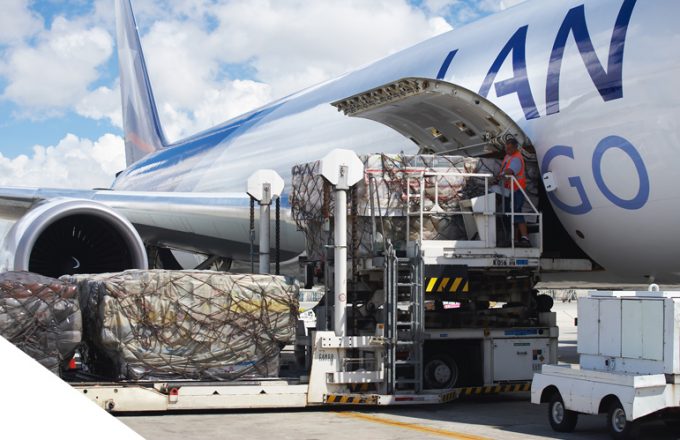
Buffeted by strong economic headwinds, LATAM Cargo is looking to boost its fortunes with a new portfolio of products tailored to customer need.
The new line-up will be unveiled next month, said Gabriel Oliva, the carrier’s marketing and commercial development director.
Latin America’s largest cargo carrier has been struggling in adverse conditions since the Brazilian economy turned sour over two years ago, but its plight has recently worsened. A few days ago the airline released its results for the second quarter, which show further ...



Comment on this article